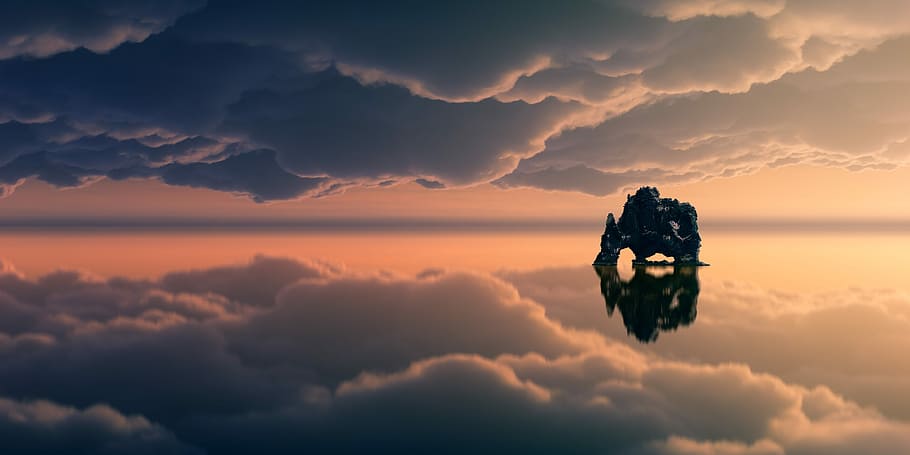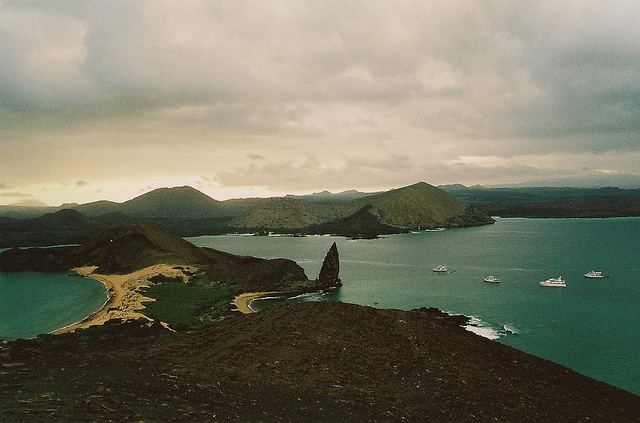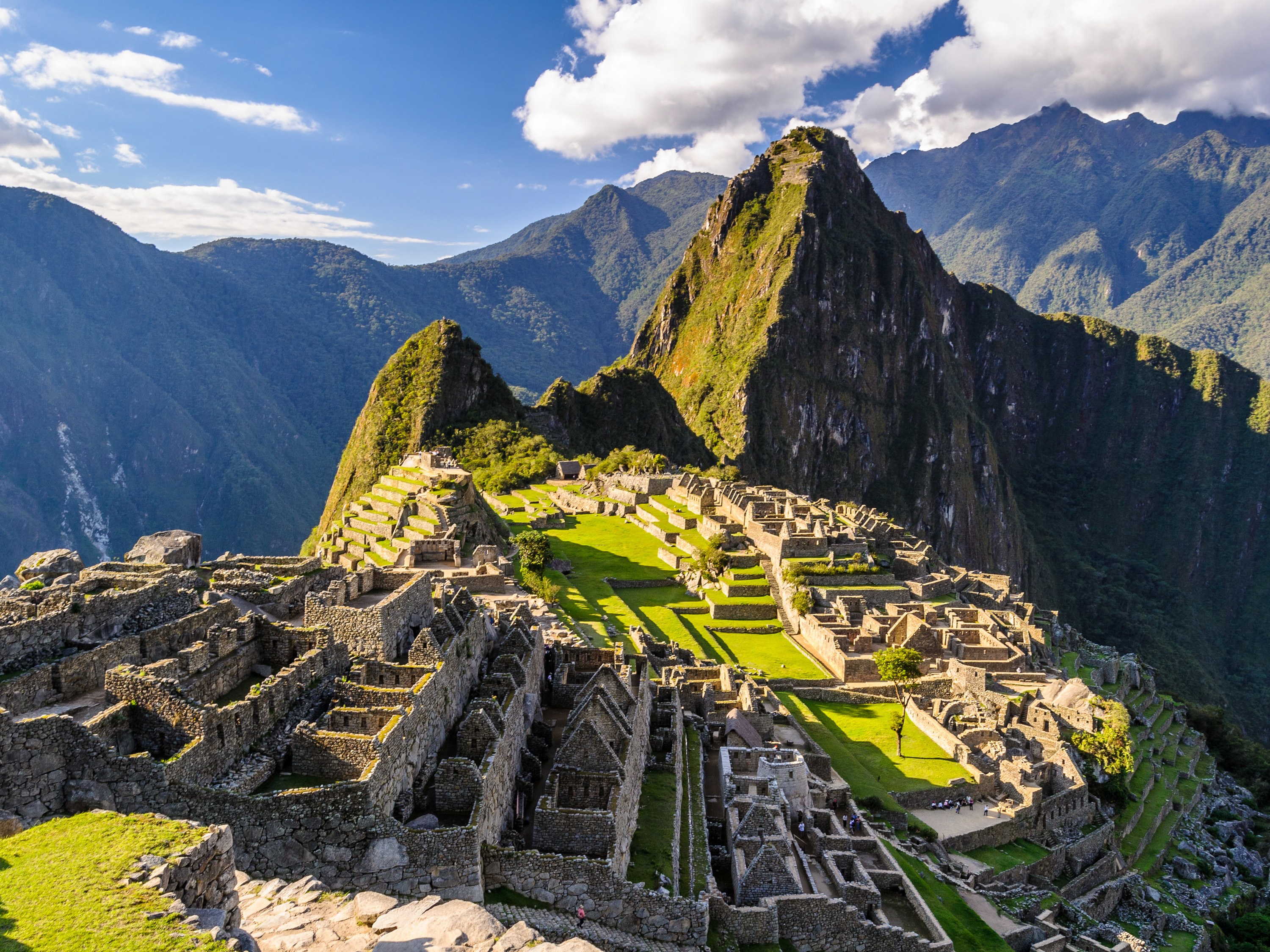
Cartagena (Colombia)

Cartagena is a major city on Colombia’s Caribbean coast. It was founded by the Spanish in 1533, who named it after Cartagena, Spain. During Spain’s domination in South America, the city was the center of politics and the economy. Cartagena is a quite modern city today, but you’ll find walled historic center and the fortress, deemed the largest fortifications in South America, that defended it. Cartagena has a rich cultural scene, with festivals throughout the year; museums and art galleries.
Salvador (Brazil)
Salvador da Bahia, also known as just Salvador, has several things going for it. The Portuguese founded it in 1548, so it’s one of the oldest colonial cities in the Americas. You’ll see its rich past in Pelourinho, the historic center named for the whipping post where slaves were beaten. Brazil’s third largest city was also the first slave port in the Americas; traces of this African heritage can be found in the local culture today, especially the cuisine. Salvador also is a party town, hosting the world’s largest party: its annual Carnival celebration.
Los Glaciares National Park (Argentina)

They don’t do things in a small way in Los Glaciares National Park. Not only is the park the largest national park in Argentina, it is home to the largest ice cap outside of Greenland and Antarctica – an ice cap that feeds 47 large glaciers. The most famous of these is the Perito Moreno glacier; unique among glaciers because it is advancing while others are receding. The park also is home to Lake Argentino, the largest in the country. The park also is known for its ecology and biodiversity with the well-conserved Magellan Subpolar forest and Patagonian Steppe.
Pantanal (Brazil)

The Pantanal can be difficult to get to – access is mostly by plane or boat – but once you get there…Oh! The Pantanal, located mostly in Brazil (some is in Bolivia and Paraguay), is the world’s largest tropical wetland, encompassing an area the size of Washington State. While not as famous as its sister wetlands in the Amazon, the Pantanal is the best place in South America to see wildlife, ranging from jaguars to capybaras.
Ushuaia (Argentina)

If you like to visit remote places, then put Ushuaia on your bucket list. The capital of Argentina’s Tierra del Fuego, Ushuaia is considered the southernmost city in the world. Indeed, the train to the End of the World ends here. Nestled among the mountains along a bay, Ushuaia is very picturesque when it’s not cloudy or windy, which is much of the time. The former penal colony has a museum and it’s a good place to see penguins, orca whales and seals.
Tayrona National Park (Colombia)

When protecting the environment and its inhabitants while enjoying stunning views is on your top list, you’re sure to enjoy Tayrona National Park on the Caribbean coast of Colombia. The country’s second most visited national park, Tayrona is a protected marine reserve that takes in both land and sea. You’ll find great biodiversity in the flora and fauna here. Wildlife includes 300 species of birds, more than 100 different mammals and 70 kinds of bats. Tayrona is probably best known for its spectacular beaches, which are set in deep bays, backed by mountains and shaded by coconut palms. Because of strong current however most beaches are not suitable for swimming.
Quito (Ecuador)
Ecuador’s capital, Quito, is unique among world capitals. It is the highest capital in the world (La Paz is higher but isn’t Bolivia’s legal capital) and also closest to the equator. Founded by the Spanish in 1534, Quito’s colorful old town is one of the best-preserved, least changed and largest in all the Americas. Located in Ecuador’s northern highlands, the city is surrounded by volcanoes that can be seen on a clear day. Quito is the only world capital that is threatened by active volcanoes.
Colca Canyon (Peru)
There’s a reason Colca Canyon is the third most visited tourist destination in Peru: stunning views. The canyon is one of the deepest in the world, but not the deepest in Peru, though it is more than twice as deep as the U.S. Grand Canyon. If you get tired of scenic views, you can feast your eyes on the sky where you may see Andean condors and the biggest hummingbirds you’ve ever seen. Villages are a good place to buy local handcrafts.
Atacama Desert (Chile)
The Atacama Desert is unique: It’s the driest non-polar desert in the world, maybe only raining once every four years. It stretches about 1,600 km (1,000 miles) along the coast of Chile, situated between the Andes and the Pacific Ocean. The soil is comparable to that found on Mars; portions stood in for Mars in the movie, Space Odyssey: Voyage to the Planets. Vast salt flats, active geysers and intense blue lagoons are just a few of the extraordinary features of this region.
Angel Falls (Venezuela)

Angel Falls is most definitely a scene stealer in Venezuela’s Guayana Highlands. It is the highest uninterrupted waterfall in the world – 15 times higher than Niagara Falls, which is shared by Canada and the United States. Water cascades more than 950 meters (3,200 feet) down Auyantepu Mountain into the Rio Kerepacupai Meru. The waterfall is named for American Jimmy Angel who, in 1937, became the first pilot to fly over the falls. Getting there is an adventure involving plane and river boat rides.
Cusco (Peru)
Cusco has a colorful historic past Located at 3,400 meters (11,000 feet) in elevation in the Andes Mountains, Cusco was once the capital of the mighty Inca Empire. Then, in the 16th century, it was conquered by the Spanish, who pretty much decimated the Incas. Though not the national capital, Peru’s constitution names it the historical capital of the country. Remains of many Inca sites can be found in the surrounding area while the Spanish colonial heritage can be found in the Old Town. Accommodation: Where to Stay in Cusco
Salar de Uyuni (Bolivia)

Situated in the Andes nearly 3,700 meters (12,000 feet) above sea level, Salar de Uyuni is the world’s largest salt flat. Located in southwest Peru, the salt flat is covered by a thick crust, which provides salt and covers a brine. The salt flat is as flat as you can get and with the harsh terrain looks otherwordly, especially after rain when the Salar turns into a giant mirror. One of the most unusual places to visit in South America, it’s also a major breeding ground for flamingos.
Lake Titicaca (Peru & Bolivia)
Lake Titicaca, South America’s largest lake, straddles the border of Bolivia and Peru. At an elevation of just over 3,800 meters (12,500 feet), it is considered the highest navigable lake in the world, though there are smaller lakes higher than this one. Many of its 41 islands are inhabited, including the floating islands the natives make with heavy reeds. About 500 species of aquatic life live in the lake, which has a large population of water birds. Local belief says the sun was born at Lake Titicaca.

Getting to Easter Island can be time-consuming, since it is the most remote inhabited island in the world. The nearest inhabitants are almost 1,300 miles away. But it’s not its remoteness this Chilean territory is noted for. It’s what you’ll see when you get there: almost 900 primitive statues carved by early Polynesian inhabitants. These awesome statues, called moai, may have been carved about 1,000 years ago. Most statues were carved from solidified volcanic ash, with obsidian being used for the black eyes.
Amazon Rainforest

Amazon Rainforestflickr/CIAT
If you lived long enough to count that high, you could count 390 billion trees in the Amazon rainforest. This statistic is mind-boggling, to be sure, but then the Amazon rainforest is one awesome piece of real estate, covering about ¾ of the Amazon River basin.
It is the world’s largest tropical rainforest. Sixty percent of the rainforest is located in Brazil with sizeable chunks in Peru and Columbia; bordering countries have small shares. For sure, the rainforest is loaded with unique flora and fauna.
Galapagos Islands (Ecuador)
>

If you want to get a glimpse of what prehistoric animals may have looked like, head to the Galapagos Islands. The animals are like no other place on earth, and include giant tortoises and scary-looking iguanas. They were the impetus for Charles Darwin’s controversial 19th century book, On the Origin of Species. This archipelago of 18 major islands, about 900 km (550 miles) off the coast of Ecuador, was formed – and are still being formed – by volcanic action.
Machu Picchu (Peru)

Machu Picchu is a magnificent representation of the Inca civilization before the Spanish came. Nestled in the Peruvian Andes, Machu Picchu served as a palace for the emperor, a fortress and as a site for religious ceremonies where human sacrifices were made to appease the gods. Untouched by the Spanish, the site was abandoned after the conquest, only to be “discovered” by an American professor in the early 1900s. Built from polished stones, Machu Picchu is a fascinating example of classical Inca architecture. With its spectacular views, Machu Picchu is Peru’s most visited tourist attraction.
Sources:
Google Images (Creative Commons licenses)
South America